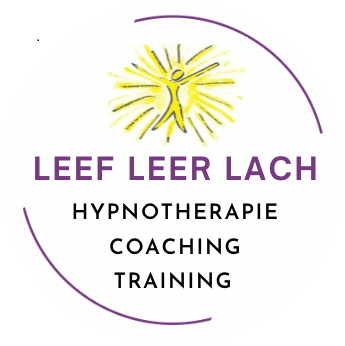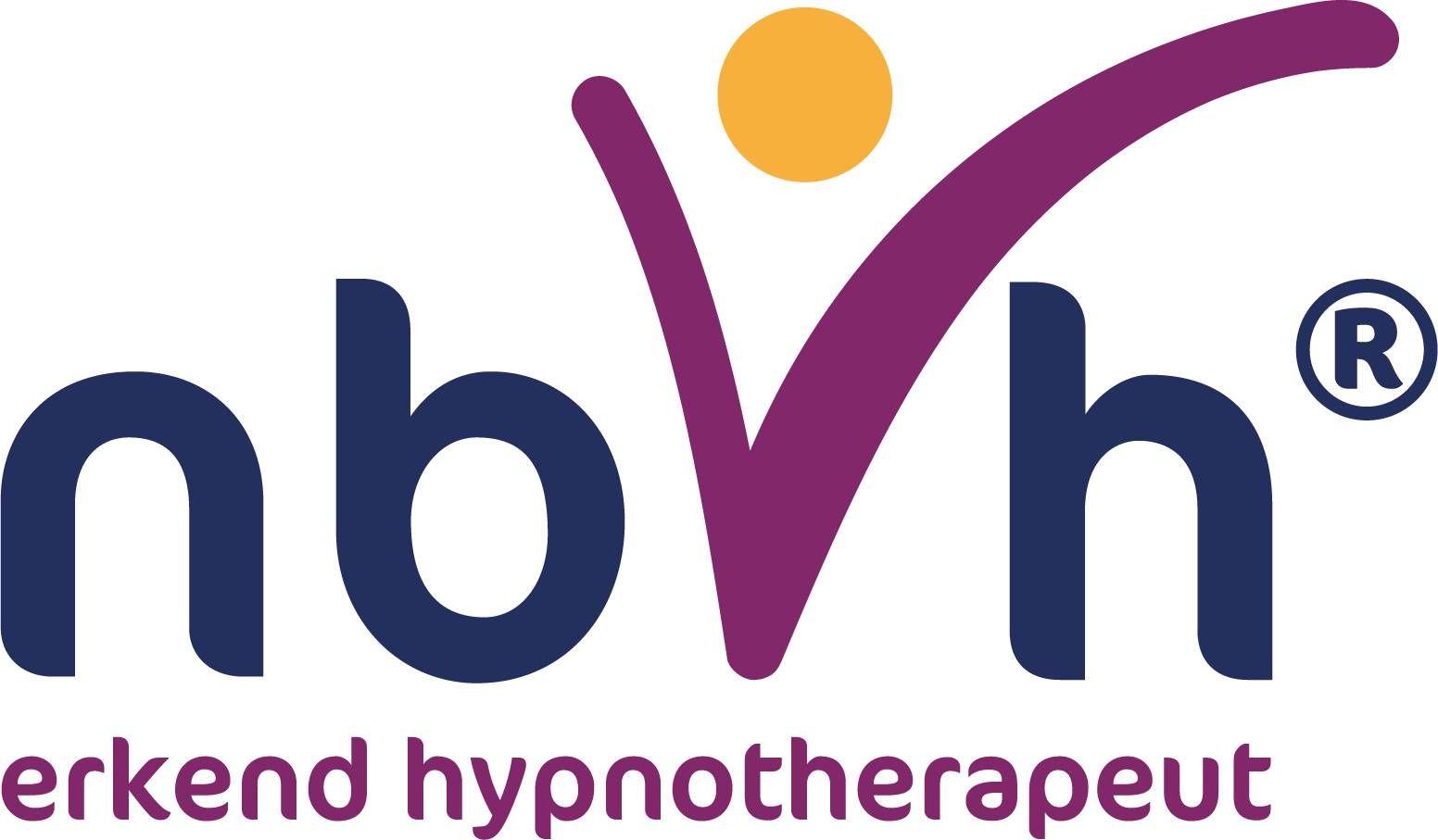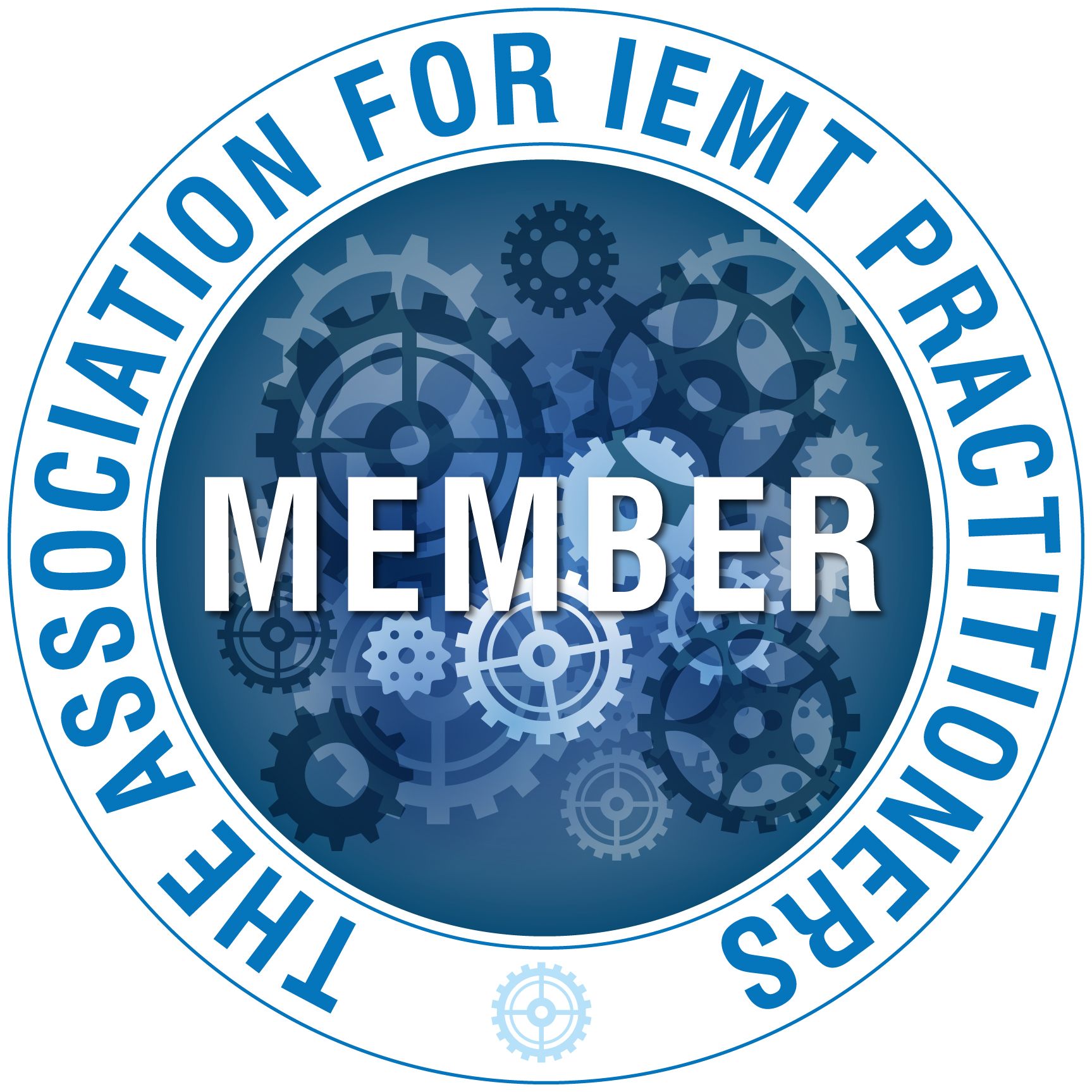Should you learn to live with your pain, or is a life without pain also possible?

Ouch!!! A kiss to make it better? Or should we perhaps put a plaster on it? A nice one with a Minions picture or Olaf from Frozen. And the pain is already much less. Strange, isn’t it? Or do you not find that strange? And… just a different question, should you learn to live with your pain, or is a life without pain also possible? Before we dive deeper into that, let’s consider this. Pain is essential for preserving life. It serves as a signal. As soon as we experience or are about to experience pain, it is seen as a warning. Pain is therefore a good thing; it acts as a warning. It’s important to always have pain complaints medically examined and treated where possible.
But what exactly is pain?
The most commonly used definitions are:
- Pain is an unpleasant sensory and emotional experience associated with actual or potential tissue damage, or described in terms of such damage (IASP).
- Pain is what the patient says it is and occurs when the patient says it occurs (McCaffery).
Additionally, we can distinguish between acute pain and chronic pain. Chronic pain is pain that lasts more than three months or recurs frequently over a long period and is not easily relieved (although it can be).
It makes me wonder: is a hangover also chronic then? It keeps coming back 😉 Because the solution is quite simple, right? Just stop drinking (too much) and voilà, you’re cured. Hallelujah. Or do you find that too simplistic…
Now imagine… it’s that simple. That you have the choice to relieve or even not feel that pain, that hangover, that sensation. Without a plaster, without a pill, simply because you choose to reduce the sensation. Have you spotted the keywords in the definitions? Sensory and emotional experience. What the patient says (also: experiences, feels, thinks) it is. Feelings and emotions come from the subconscious, and how you experience things is influenceable. This means we can change or reduce the sensation.
Pain relief. How?
By giving it a kiss and putting on a plaster or giving an ice cream. In short: shifting focus. What you focus on becomes bigger. You become tense and thus experience more pain.
Or by applying an NLP technique where you change the sensation. Try the following with acute headache:
- Ask yourself where the headache is;
- Ask if you can put a fence around the area of the headache;
- What colour is it (usually red or black);
- Change the colour from red/black to pink;
- Change the colour from pink to skin colour;
- Now change the colour from skin colour to white;
- And now change the colour from white to transparent;
- Good, now remove the fence;
- You feel better.
Or by seeing a hypnotherapist, who can help reduce your pain or teach you how to manage it yourself.
There are various ways to address pain through hypnosis. For some, pain relocation works better, for others, dissociation is very effective, and for others… you get the idea, it’s customised.
I already consider my job wonderful, as I get to help people overcome fears and phobias, become happier and more confident, lose weight, and more. It would also bring me a lot of joy and satisfaction to help you reduce pain.








